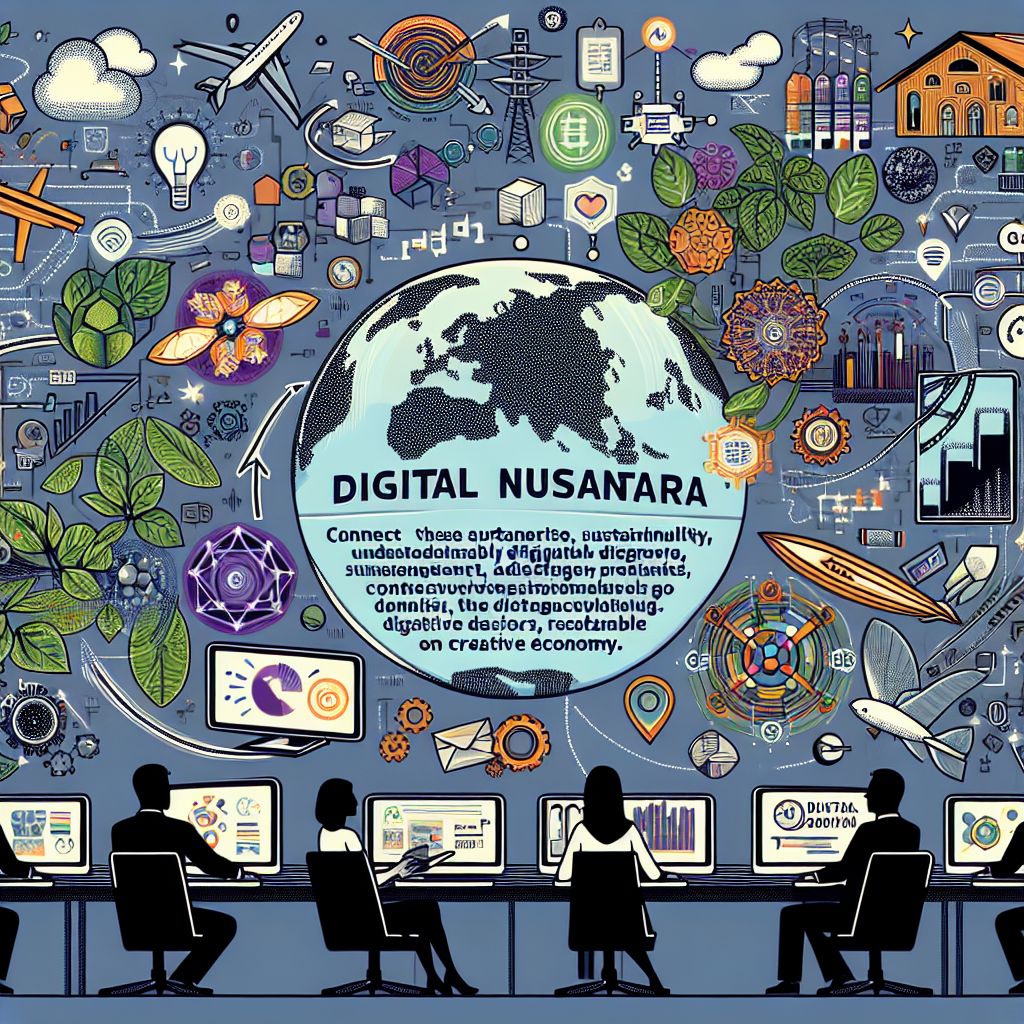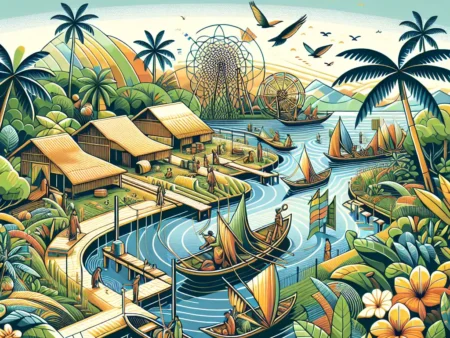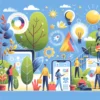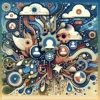Inisiatif Digital Nusantara: Membangun Ekonomi Kreatif Berkelanjutan untuk mendorong pertumbuhan ekonomi kreatif yang berkelanjutan di Indonesia.
Digital Nusantara: Membangun Ekonomi Kreatif Berkelanjutan
-
Table of Contents
- Introduction
- Understanding Digital Nusantara
- What is Digital Nusantara?
- The Importance of Cultural Heritage
- Advantages of Digital Nusantara
- Success Stories of Digital Nusantara
- Batik Fractal
- Wayang Kulit Online
- Online Handicraft Marketplaces
- Challenges and Opportunities
- Infrastructure and Connectivity
- Intellectual Property Protection
- Skill Development and Education
- Conclusion
Introduction

Indonesia, with its rich cultural heritage and diverse population, has always been a hub of creativity and innovation. In recent years, the country has witnessed a significant rise in the digital economy, leading to the emergence of a new concept called “Digital Nusantara.” This article explores the concept of Digital Nusantara and its potential in building a sustainable creative economy in Indonesia.
Understanding Digital Nusantara
What is Digital Nusantara?
Digital Nusantara refers to the utilization of digital technology to promote and preserve Indonesia’s cultural heritage while fostering economic growth. It aims to combine traditional arts, crafts, and cultural practices with modern digital tools and platforms to create innovative products and services.
The Importance of Cultural Heritage
Indonesia is known for its diverse cultural heritage, including traditional dances, music, batik, and handicrafts. These cultural assets not only hold immense value in terms of preserving the country’s identity but also have significant economic potential. By leveraging digital technology, Indonesia can showcase its cultural heritage to a global audience, attracting tourists and generating revenue.
Advantages of Digital Nusantara
Digital Nusantara offers several advantages in building a sustainable creative economy in Indonesia:
1. Preservation of Cultural Heritage: Digital platforms enable the documentation and preservation of traditional arts and crafts that might otherwise be lost over time. By digitizing these cultural assets, they can be accessed and appreciated by future generations.
2. Increased Market Reach: Digital platforms provide a global marketplace for Indonesian artisans and creative entrepreneurs. They can showcase their products and services to a wider audience, leading to increased sales and business opportunities.
3. Job Creation: The digital economy has the potential to create numerous job opportunities in the creative sector. From graphic designers to content creators, digital platforms require a diverse range of skills, providing employment opportunities for Indonesians.
4. Innovation and Collaboration: Digital Nusantara encourages collaboration between traditional artisans and digital experts. By combining traditional craftsmanship with modern technology, innovative products and services can be created, attracting both local and international consumers.
Success Stories of Digital Nusantara
Batik Fractal
Batik Fractal is a prime example of how digital technology can revolutionize traditional art forms. By using fractal algorithms, Batik Fractal creates intricate batik patterns that are both traditional and contemporary. This innovative approach has attracted a younger audience and increased the popularity of batik among the tech-savvy generation.
Wayang Kulit Online
Wayang Kulit, a traditional Indonesian shadow puppetry, has found a new audience through digital platforms. Wayang Kulit Online offers virtual performances and interactive experiences, allowing people from around the world to enjoy this ancient art form. This digital adaptation has not only preserved Wayang Kulit but also generated income for the puppeteers.
Online Handicraft Marketplaces
Various online marketplaces, such as Tokopedia and Bukalapak, have provided a platform for Indonesian artisans to sell their handicrafts globally. These platforms enable artisans to reach a wider customer base, eliminating the need for intermediaries and increasing their profit margins. Additionally, these marketplaces often provide training and support to artisans, empowering them to improve their business skills.
Challenges and Opportunities
Infrastructure and Connectivity
One of the primary challenges in implementing Digital Nusantara is the lack of reliable infrastructure and internet connectivity in certain parts of Indonesia. To fully leverage the potential of the digital economy, the government needs to invest in improving connectivity and ensuring that digital platforms are accessible to all Indonesians.
Intellectual Property Protection
Preserving Indonesia’s cultural heritage through digital platforms also raises concerns about intellectual property protection. Traditional arts and crafts are vulnerable to plagiarism and unauthorized use. The government and relevant authorities must establish robust mechanisms to protect the intellectual property rights of artisans and ensure fair compensation for their work.
Skill Development and Education
To fully embrace Digital Nusantara, there is a need for skill development and education programs that bridge the gap between traditional artisans and digital technology. By providing training and resources, artisans can enhance their digital literacy and leverage technology to expand their businesses.
Conclusion
Digital Nusantara holds immense potential in building a sustainable creative economy in Indonesia. By combining traditional arts and crafts with digital technology, Indonesia can preserve its cultural heritage, create job opportunities, and attract a global audience. However, to fully realize the benefits of Digital Nusantara, the government and relevant stakeholders must address challenges related to infrastructure, intellectual property protection, and skill development. With the right support and investment, Digital Nusantara can pave the way for a thriving creative economy in Indonesia.





